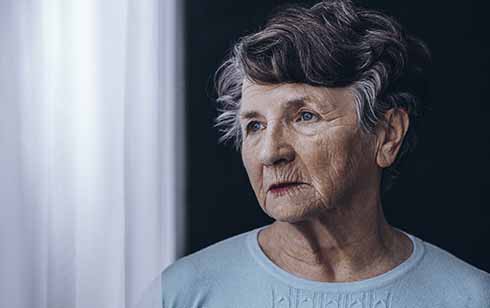 New life can begin in simple ways. For many, Gethsemane Community, a community house for a small group of men and women who live with mental illness, has been such a pathway.
New life can begin in simple ways. For many, Gethsemane Community, a community house for a small group of men and women who live with mental illness, has been such a pathway.
Heidi, (not her real name), was put in a psychiatric hospital by her stepfather at the age of 10. Years later, after being sexually abused in a boarding house, she ran away to Sydney. She arrived at Gethsemane Community carrying two plastic bags of belongings, and lived with us for eight years, learning living skills and becoming increasingly independent. In 2001, she moved into a social housing apartment, where she has lived happily for 19 years.
Brad moved through a succession of boarding houses before his caseworker referred him to us. Quiet, but with a lovely smile, he assembled a collection of American Civil War books and became an expert on it. He loved our old cat, Duchess. After some years, he moved into a social housing apartment not far away. He would come by and collect some extra food if he ran out. He lived there peacefully until he died suddenly from a brain tumour.
Christine’s story
Christine was one of the original members of Gethsemane Community. After a year, she left. Six months later, she asked to return, and was obviously pregnant. Booked into the then St Margaret’s Hospital, she attended antenatal classes. One day, she announced that she had wet herself. While I was ringing the hospital, she ran out the front door and jumped on a bus. She walked into St Margaret’s, giving birth a few hours later. Unable to care for her son, she was befriended by a social worker at Catholic Adoption Agency, who helped her agree to have him adopted. I helped her write a birth book for him. She met the adoptive parents and remained in contact with them through the agency, sending birthday and Christmas presents. Eventually, the rules changed, and she saw him a few times a year, playing ball with him in a park. Christine moved into a social housing apartment at Miller and did well there, making friends with neighbours. Her severe asthma led to a fatal attack, and she died before paramedics arrived. At her requiem, her son and his adoptive family took part in the offertory procession.
Harold’s story
Harold had wandered from one family member to another, each time ending up back at Matthew Talbot Hostel. A social worker referred him to us. His psychotropic medication was not controlling the symptoms of his schizophrenia. He was tormented by voices in his head, with many delusions. I had heard of a then new drug, clozapine, which had restored many people to a normal life. It was a long process, but eventually he was the second person at Marrickville Mental Health to receive it. Harold became his charming, courteous self. Years later, he developed lung cancer. After radiation treatment, we would have coffee and sandwiches at the cafeteria, and he was delightful company. In his last weeks, he went to aged care. We celebrated his 60th birthday there, sharing cake with all the residents, a few days before he died, peacefully and pain free.
Dick’s story
Dick had wandered homeless for many years. With Christine, he was an original member of the community. His children had been fostered and he had lost contact with them. After some years, a volunteer met someone who knew the foster parents. His daughter and new granddaughter come to visit, returning a few times. One night, Dick had a heart attack, which he survived, though with severe damage. For his birthday, two volunteers took him to Soup Plus, a restaurant which had live jazz. The band played his favourite, Moon River, for him. I was at Cowra, visiting my mother, when the phone rang at 3am. Dick died in the arms of friends before the ambulance arrived.
Housing a springboard
Safe, secure, affordable housing transforms lives. Children settle into school and are educated. Parents retrain and find employment. People with mental illness and addictions can receive effective treatment. It is a springboard to new life.
The Victorian government has become a leader in relief of homelessness. It will spend $5.3 billion to build more than 12,000 social housing homes over four years. In contrast, NSW will commit $812 million to build 1200 dwellings and upgrade another 8000. This is despite 60,000 people being on the NSW social housing waiting list, some for 10 years.
A federal leader is said to stop reading a briefing if he comes upon the term ‘social housing’. This kind of ideological blockage prevents a viable federal-state homelessness agreement.
All it takes to offer homeless people the chance of new life is housing and support. This is the Housing First model, in particular, the Pathways scattered site form. Finland has eliminated street homelessness by implementing this model at federal level. One pathway to support for people with disabilities living in social housing would be to link them with NDIS support workers. This could help residents develop living skills so that they could sustain tenancy.
Pathway to independence
Funding support for initiatives such as Gethsemane Community would allow this pathway to independence to remain open for years to come.
For the past 30 years, it has relied on resident contributions and donations from supporters, possible while I am the voluntary live-in coordinator. Staff wages will require a more secure financial base. Our website is www.gethsemanecommunity.org.au